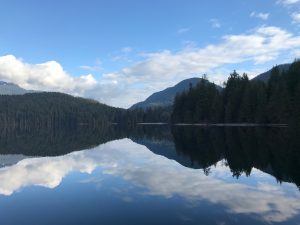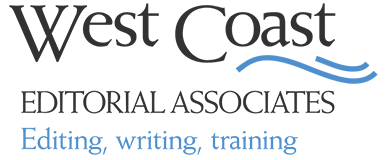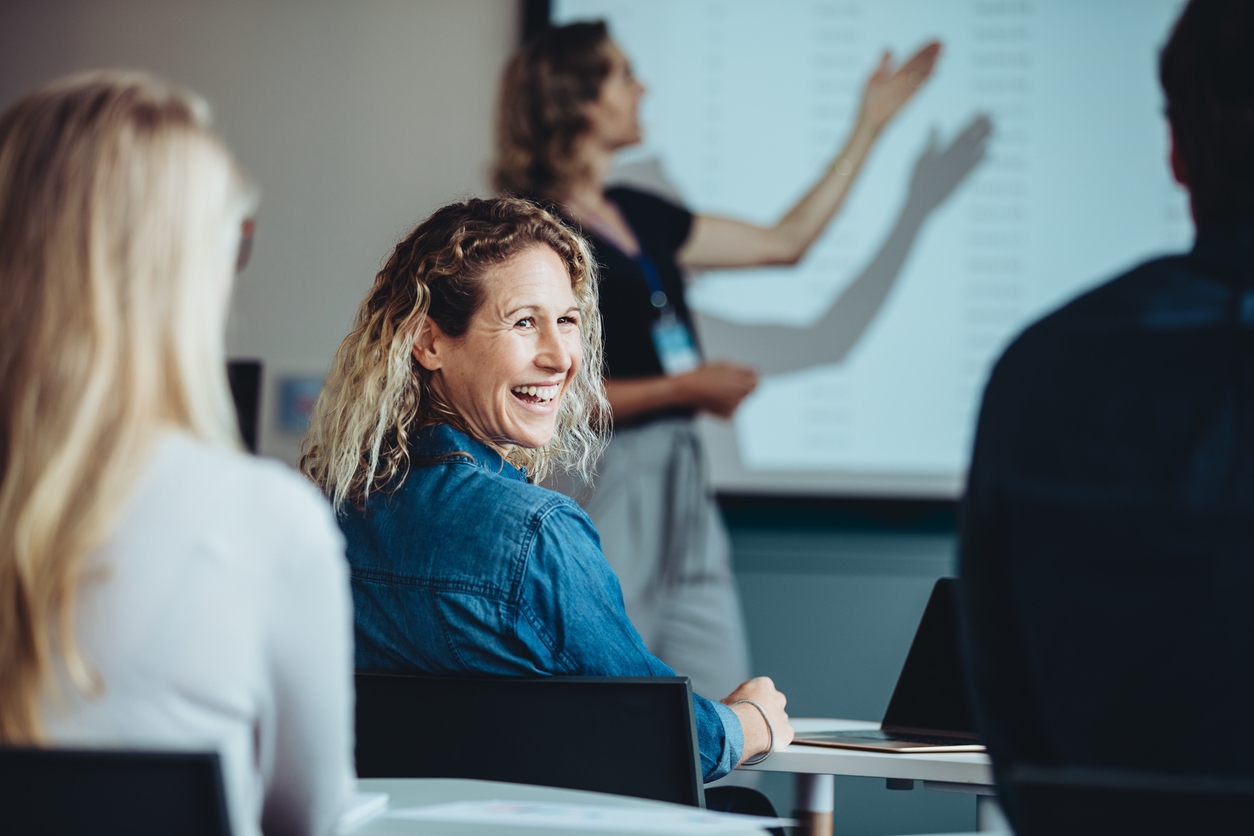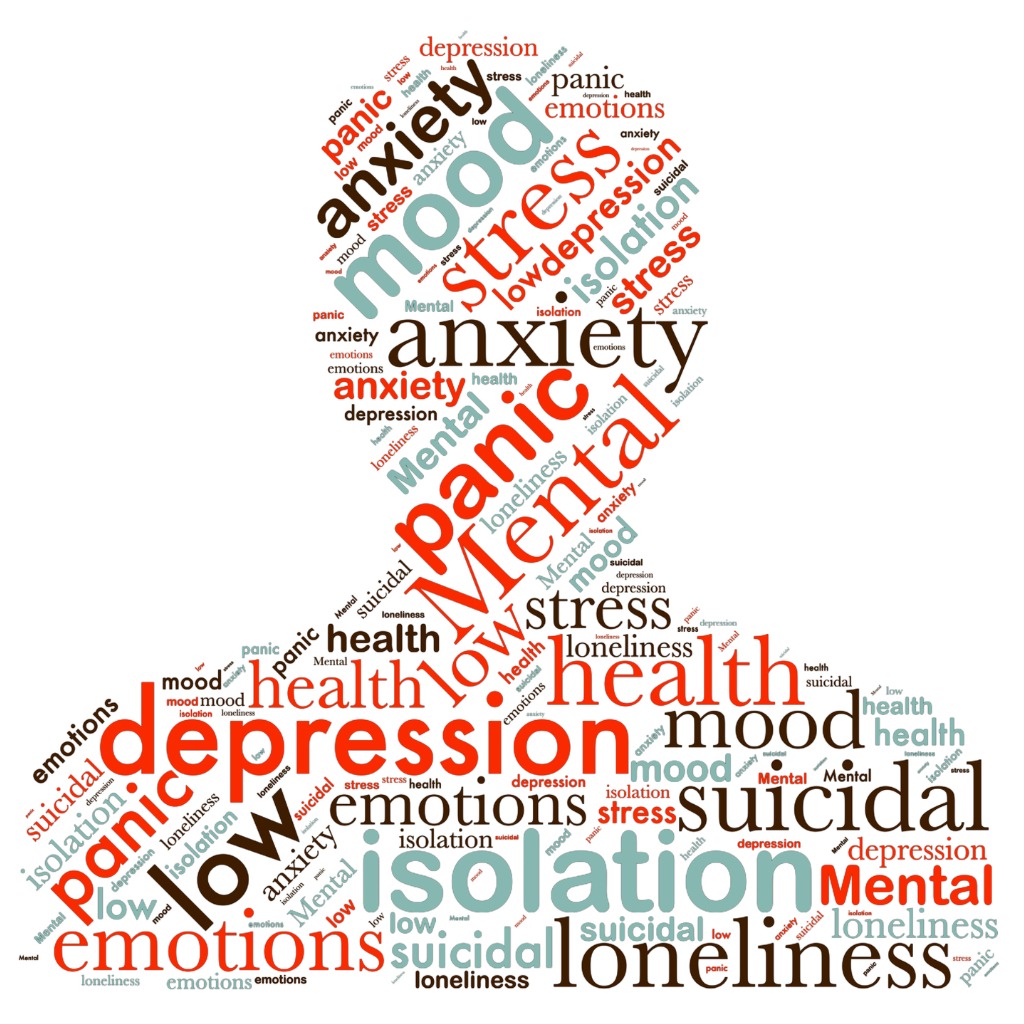When I was starting out as an editor in the mid-1990s, I clearly remember attending a session with the late Claudette Upton, a founder of West Coast Editorial Associates and a very generous mentor.
Acknowledging Indigenous territories
 West Coast Editorial Associates recently included an Indigenous territorial acknowledgement on the Contact page of our website:
West Coast Editorial Associates recently included an Indigenous territorial acknowledgement on the Contact page of our website:
We are grateful to the Indigenous keepers of the traditional and unceded lands on which we live and work: the Musqueam, Squamish, Tsleil-Waututh, WSÁNEĆ, and Lekwungen-speaking Peoples. We are committed to respecting, listening to, and continuously learning from the diverse interests and perspectives of these and other Indigenous Peoples.
All of us have worked on books, resources, and projects with Indigenous authors, organizations, and communities. Through our work, we have learned about the devastating effects of displacement and colonization on Indigenous Peoples and the importance of recognizing the ancestral ties that Indigenous communities have to the land. We all felt that it was important to acknowledge the traditional Indigenous territories on which we work and live.
Language matters to editors; we understand the influence that words can have and the importance of language in how we view history. As our country continues to come to terms with the Truth and Reconciliation Commission’s Final Report and 94 Calls to Action, we wanted to do the right thing. But we also couldn’t ignore the fact that none of us are Indigenous; we are all settlers from various European backgrounds. When we began the process several months ago, we were uncertain how to proceed with creating the acknowledgement.
We began by researching the traditional land on which each of us lives and works: the five different locations on the west coast of Canada that are known today as Vancouver, North Vancouver, Port Moody, Victoria, and Sidney. The resources we consulted during the research process included the First Peoples Culture Council’s online language map, Greg Younging’s Elements of Indigenous Style (which partner Audrey McClellan blogged about in 2017), the guide developed by the Canadian Association of University Teachers, and the style manuals and territorial acknowledgements of many other organizations.
We also had a lot of conversations within the partnership and with others about what the territorial acknowledgement meant to us personally. We wanted a statement that not only acknowledged the lands we are based on, but also expressed our respect for the Indigenous Peoples who are the keepers of those lands.
Once we had drafted our acknowledgement, we asked several Indigenous publishing colleagues for their suggestions as to who could review it. That’s how we came to work with Fiona MacRaild and Dan Claxton, owners of First Seas, an Indigenous organization that connects First Nations fishers with international markets. They are both extremely knowledgeable about traditional land and territorial acknowledgements, and we are grateful for their feedback and advice.
Fiona and Dan shared a lot of information about the rich and diverse languages of the Indigenous Peoples connected to the land. We learned that the Gulf of Georgia region was the densest Indigenous population north of Mexico before contact. And, like regions of rich biodiversity throughout the world, the area attracted distinct peoples who shared in the resources, resulting in great linguistic diversity. Here are a few of the fascinating territorial details they shared with us.
Vancouver
One WCEA partner lives and works in Vancouver, which is core territory of Musqueam First Nation, but is also within the core territory of the Squamish First Nation, Tseil-Waututh (Burrard Inlet) Nation, and Tsawwassen First Nation. The Musqueam Nation, Tseil-Waututh Nation, and Tsawwassen First Nations speak Downriver Halkomelem dialect. The Squamish language is a unique language spoken on the north shore of Vancouver and extending north to Squamish.
North Vancouver and Port Moody
Our two North Vancouver partners and one Port Moody partner all live and work in the core territory of Squamish Nation. This area is also within the core territory of the Musqueam First Nation and the Tseil-Waututh (Burrard Inlet) Nation. It is part of the territories of shíshálh (Sechelt) Nation, as well as the Tla’amin (Sliammon) Nation, Klahoose and Homalco Nations, which used to be one Nation.
Sidney
Our partner in Sidney lives and works in the core territory of W̱SÁNEĆ People, in particular the Tsawout and Tseycum First Nations. Her location is also included in the core territory of the other three W̱SÁNEĆ Nations of Pauquachin, Tsartlip, and Malahat Nations.
Victoria
Our two Victoria partners are in the core territory of the Lekwungen-speaking (or Songish-speaking) People of the Songhees and Esquimalt Nations. The nearby Nations to the north of the W̱SÁNEĆ Peoples (Tsartlip, Tsawout, Pauquachin, Tseycum and Malahat Nations), as well as the Scianew (Beecher Bay) First Nation and the T’Souke First Nation to the west, all consider the Victoria area to be part of their territory.
***
We became overwhelmed at times with all the information we had gathered—and almost paralyzed when it was time to finalize the acknowledgement. As editors, we don’t like to make mistakes or write the wrong thing, and we certainly don’t want to offend.
But we learned something else that guided us forward: There is no one right way to write a territorial acknowledgement. What’s essential is doing the research, consulting Indigenous members of the community, and considering carefully what an acknowledgement means to you personally. We were told that more important than the words is that the sentiment be heartfelt and have personal meaning. This advice is what helped to break our gridlock and allowed us to post our territorial acknowledgement.
We realize our effort is just one small step forward in the complex environment of Indigenous and non-Indigenous relations, but we have made that step from a good place and with an open heart. As writers and editors, we will continue to respect, listen to, and learn from the Indigenous authors, organizations, and communities with whom we work as our country continues on its path to truth and reconciliation.
This Post Has 2 Comments
Comments are closed.




Kudos to WCEA for this statement, and for your blog post that expands on the statement. What a thoughtful thing to do! I too have worked extensively on editing projects that involved Indigenous Peoples in Canada, and I have come to have a great deal of respect and admiration for their history, their culture, their strength, and their resilience. It’s so nice to see a formal acknowledgement of Indigenous Peoples from an esteemed group of editors.
Thank you, WCEA, for taking the step of writing this important acknowledgement, and doing so with such a thoughtful and respectful approach.